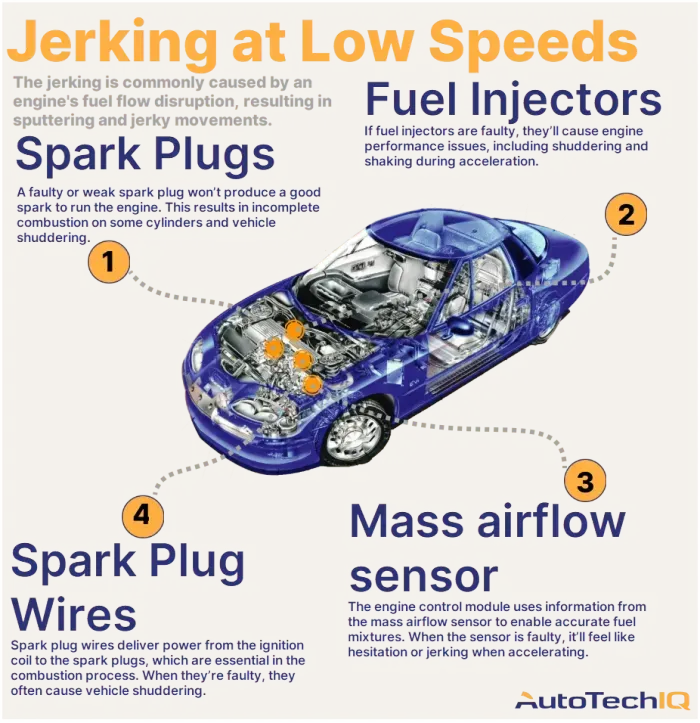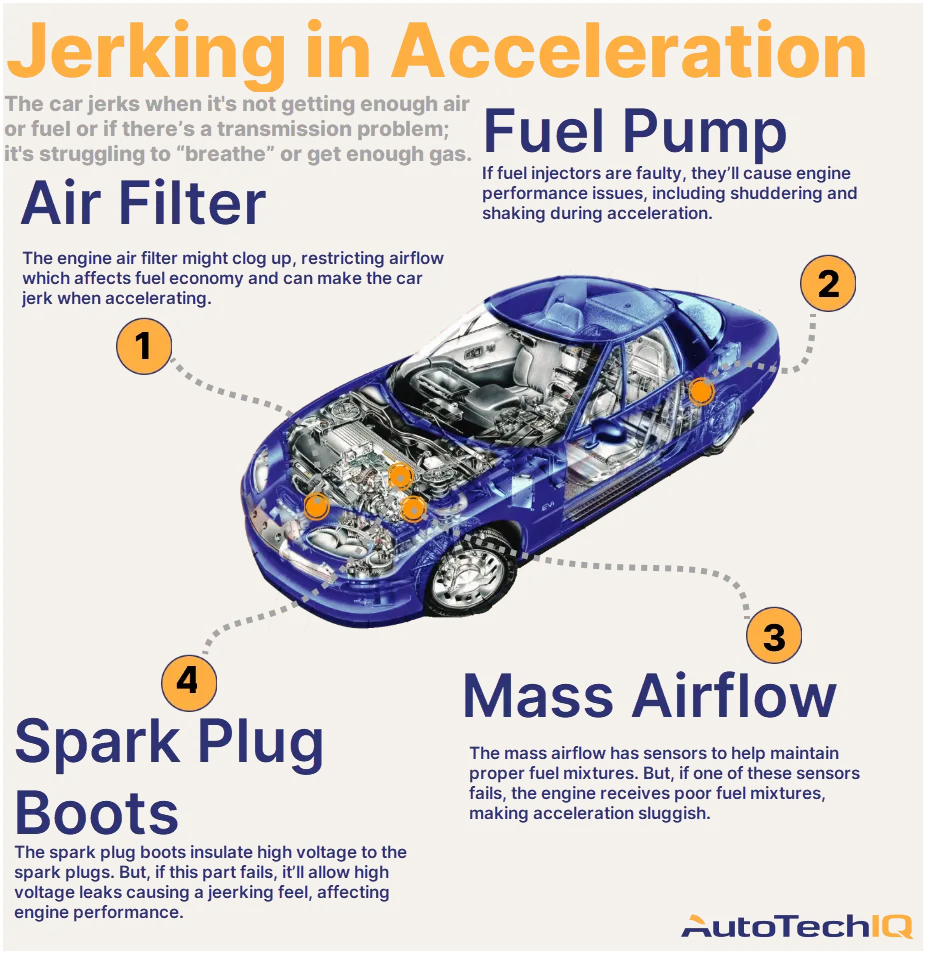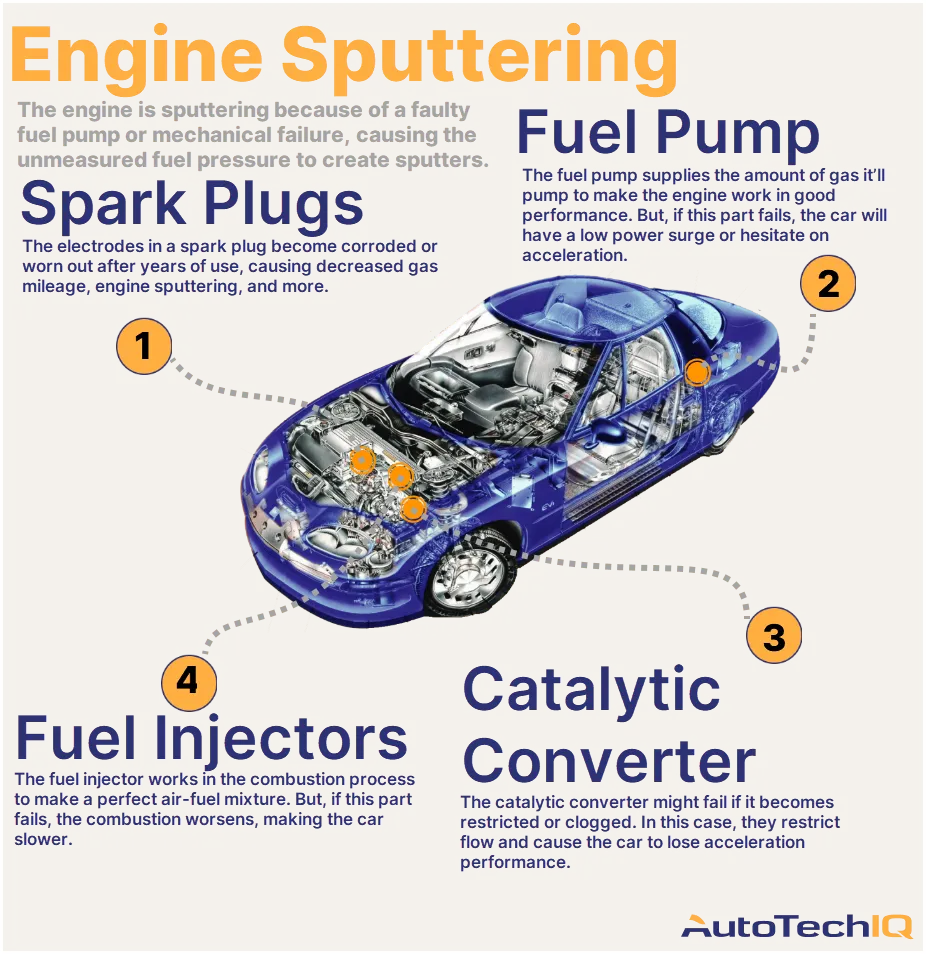Transparency example in a bad air filter service
A combustion system inspection is the most transparent process to understand why your vehicle’s fuel injectors are clogged. This is because many components surrounding the injectors and air intake components can have a say in the issue, indicating the real culprits that caused it all.
Let’s read an example of how this kind of inspection helps to service a clogged fuel injector and solve a jerking when accelerating at low speeds issue.
When the customer brought in their vehicle, they expressed concerns about the dropping fuel economy. They were unsure if it was due to the gas quality or an issue with the vehicle.
During the test drive, the technician didn't notice anything about the customer's concern. Furthermore, during the vehicle health inspection, nothing showed what was causing a decrease in fuel economy.
With the customer's authorization for additional diagnostics, the technician used a specialized scanner for this vehicle. They checked for any trouble codes in the vehicle's modules but found none. While monitoring the live data, the technician noticed the calculated load was higher than normal.
Upon inspecting the throttle body, the technician found clogged and dirty fuel injectors. Therefore, the technician recommends a gas direct injection fuel service to address this issue and improve air-fuel mixture. This service involves cleaning the throttle body and the injectors.
The customer agreed to proceed with the recommended service, and after it was performed, the calculated engine load dropped by 10% and returned to the normal range.


